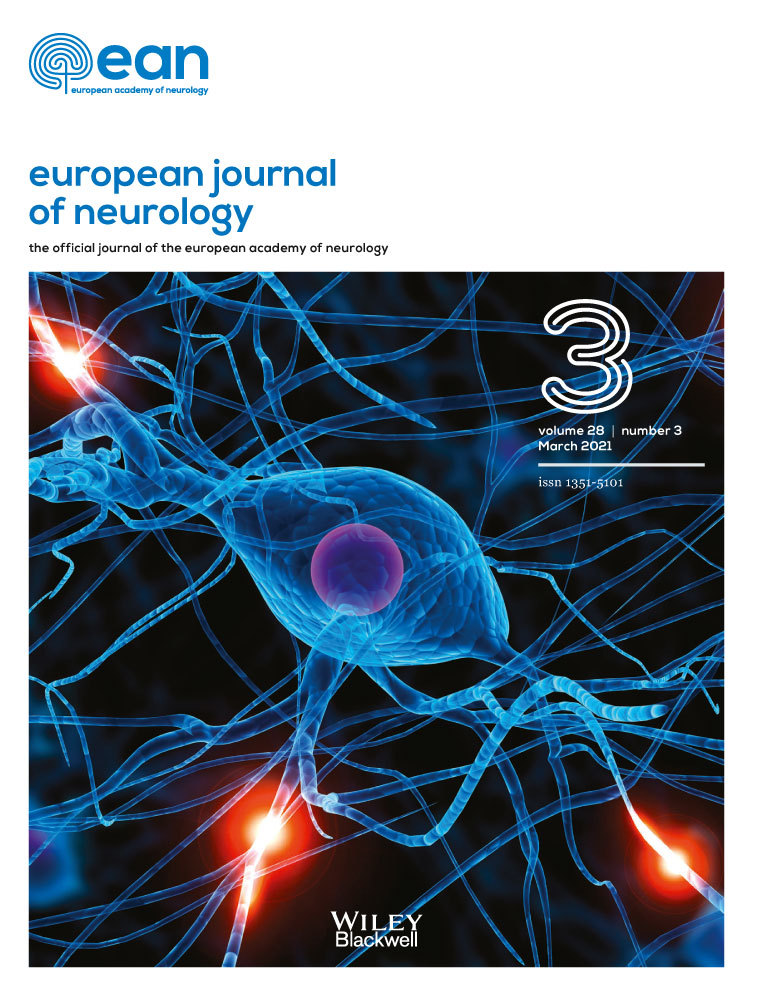Brown−Vialetto−Van Laere and Fazio−Londe syndromes: SLC52A3 mutations with puzzling phenotypes and inheritance
Abstract
Background
Brown−Vialetto−Van Laere syndrome (BVVLS) and Fazio−Londe disease (FLD) are rare neurological disorders presenting with pontobulbar palsy, muscle weakness and respiratory insufficiency. Mutations in SLC52A2 (hRFVT-2) or SLC52A3 (hRFVT-3) genes can be responsible for these disorders with an autosomal recessive pattern of inheritance. The aim of this study was to screen for mutations in SLC52A2 and SLC52A3 among Indian families diagnosed with BVVLS and FLD.
Methods
SLC52A2 and SLC52A3 were screened in one FLD and three BVVLS patients by exon-specific amplification using PCR and sequencing. In silico predictions using bioinformatics tools and confocal imaging using HEK-293 cells were performed to determine the functional impact of identified mutations.
Results
Genetic analysis of a mother and son with BVVLS was identified with a novel homozygous mutation c.710C>T (p.Ala237Val) in SLC52A3. This variant was found to have an autosomal pseudodominant pattern of inheritance, which was neither listed in the Exome Variant Server or in the 1000 Genomes Project database. In silico analysis and confocal imaging of the p.Ala237Val variant showed higher degree of disorderness in hRFVT-3 that could affect riboflavin transport. Furthermore, a common homozygous mutation c.62A>G (p.Asn21Ser) was identified in other BVVLS and FLD patients. Despite having different clinical phenotypes, both BVVLS and FLD can be attributed to this mutation.
Conclusion
A rare and peculiar pattern of autosomal pseudodominant inheritance is observed for the first time in two genetically related BVVLS cases with Indian origin and a common mutation c.62A>G (p.Asn21Ser) in SLC52A3 can be responsible for both BVVLS and FLD with variable phenotypes.
Open Research
DATA AVAILABILITY STATEMENT
The data that support the findings of this study are available on request from the corresponding author. The data are not publicly available due to privacy or ethical restrictions.




